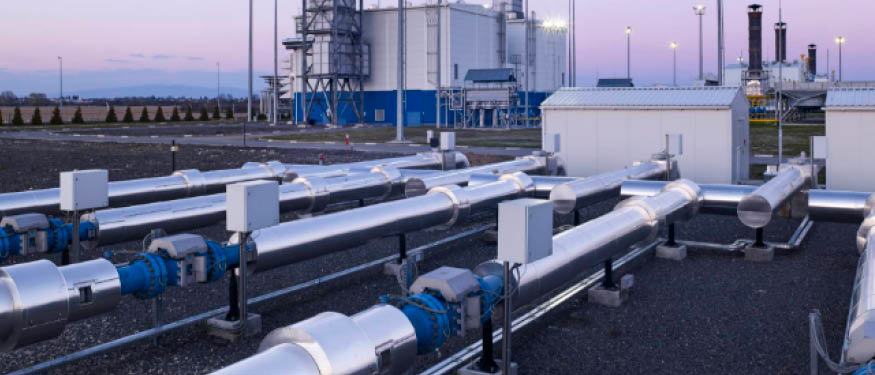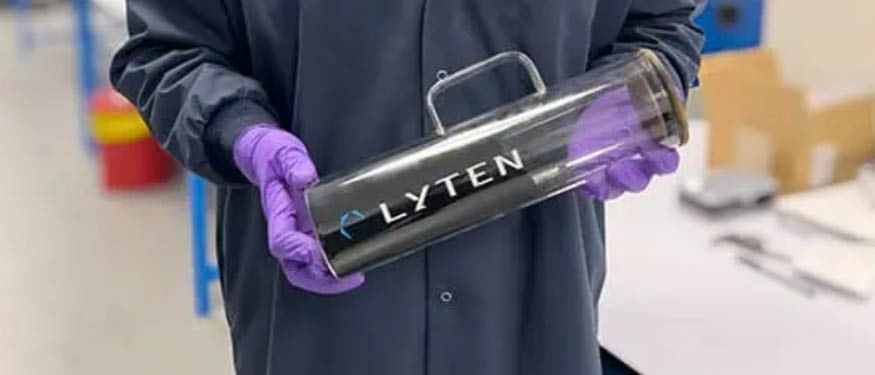In any economy transport infrastructure is vital for enabling the flow of goods and people. Two salient features of the transport environment in Hungary are the country’s location “between East and West” and, within the country, the significant work which has been done to develop the motorway network. Many of the issues referred to below can be traced back to one or both those factors.
Supply Chains. Hungary has developed and maintains an important position in many global supply chains. Whether for companies from outside Europe seeking a manufacturing or distribution base in Europe, or for German or other Western European companies seeking a cheaper but reasonably proximate manufacturing base, Hungary’s location and its motorway network, effectively bringing most of Europe within a 24-hour truck journey from a plant in Hungary, are attractive.
Logistics. Both to support those supply chains and generally – and specifically in the post-COVID world – to enable efficient distribution, logistics are vitally important. Our firm has seen significant work for our Real Estate practice in the continuing development of logistics parks and distribution centers, dealing with both domestic and international distribution, and for our Corporate team, advising the Hungarian company Waberer’s, which is one of Europe’s largest transportation and logistics companies.
Electric Vehicles. The automotive industry is heavily invested-in in Hungary and currently we see significant activities in relation to electric vehicles, with car plants in Hungary being among the first to re-tool for electric vehicle production. In addition, car battery manufacture is becoming important, with, for example, several battery plants being currently constructed, and suppliers to these plants are establishing operations. Much of this activity is being led by Korean and Japanese corporates. Building out electric-vehicle-charging infrastructure is expected to generate activity, requiring as it does the extensive reconfiguration of service stations.
Autonomous Vehicles. The Hungarian government has actively encouraged development in this area, with the establishment of a vehicle test track, and several companies – including Bosch, JLR, Continental, Knorr–Bremser, and ThyssenKrupp – have associated R&D facilities in the country.
Air Transport. Taking advantage of Hungary’s geographical location and the increasing importance of its position in supply chains, air transport is increasingly important, with freight representing a significant proportion of Budapest Airport’s activity. The last year has seen both an investment in a new cargo terminal and, because of Covid, a significant growth in the proportion of the airport’s traffic represented by freight. On the passenger side, WizzAir has grown in the last decade to become one of the leading and more dynamic carriers, both within Europe and beyond, replacing former national airline Malev as the main airline operating from Hungary. Lakatos Koves & Partners’ market-leading Aviation practice has been closely involved in that development, in particular on the financing of the Wizz fleet (currently standing at over 120 aircraft).
Rail. Rail forms a vital part of the logistics infrastructure, with, for example, both Audi in Gyor and Daimler in Kecskemet relying heavily on it both to bring parts to their plants and to transport the engines and vehicles they produce to their plants in Germany and West European markets and ports for shipment worldwide. Further growth in the use of the rail network and the resulting need for the network to be upgraded can be anticipated arising from environmental factors that favor the use of rail and the possible growth in popularity of long distance rail travel. A notable project in this sector is the development of the Belgrade-Budapest rail link being financed and developed by the Chinese, forming part of China’s Belt and Road Initiative and providing work for our firm’s Banking & Finance practice.
River Transport. Certain heavy goods are transported by boat, and at least pre-Covid, there was a significant flow of cruise ships on the Danube. However substantial development of the ports on the Danube and of intermodal logistics systems has been inhibited by the inability to guarantee navigability at all times because of the lack of sufficient water levels throughout the year. For both exports (for example, of cars) and imports (for example, of liquefied natural gas), the rail links to ports such as Koper in Slovenia are more important.
However digital our world becomes and however quickly the Internet of Things develops, actual things still need to be moved around, even when, because of lockdowns, people cannot move. In Hungary, as elsewhere, transport and transport infrastructure will continue to be vitally important, to require major investment, and to generate significant business activity in coming years.
By Richard Lock, Founding Partner, Lakatos, Koves & Partners
This Article was originally published in Issue 8.3 of the CEE Legal Matters Magazine. If you would like to receive a hard copy of the magazine, you can subscribe here.

















